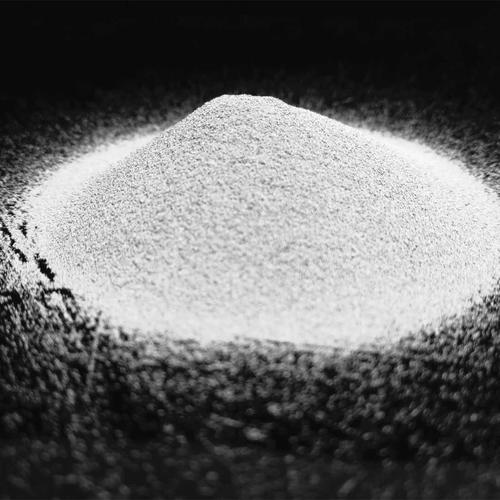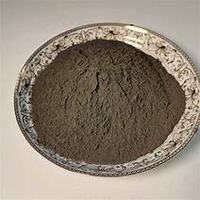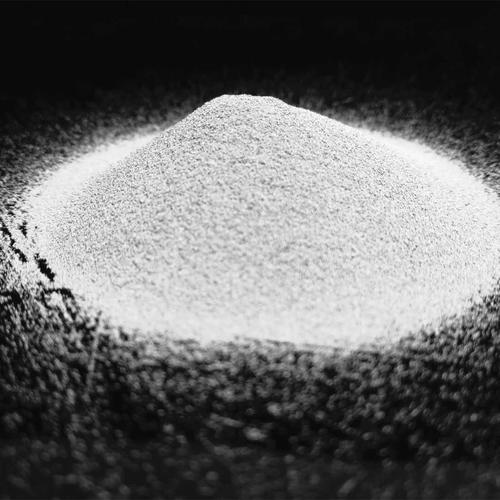1. Introduction
In the past 48 hours, aerospace giant Boeing announced a strategic partnership with a leading titanium powder supplier to scale up production of 3D-printed jet engine components using Ti6Al4V powder—a move that’s reigniting industry-wide interest in titanium powder pricing and supply chain dynamics. As additive manufacturing accelerates across aerospace, medical, and defense sectors, understanding the nuances of titanium powder—its types, costs, and alternatives—has never been more critical.

2. What Is Titanium Powder and Why Does It Matter?
Titanium powder, often referred to as Ti powder, is a fine particulate form of titanium metal used primarily in powder metallurgy and additive manufacturing. Unlike bulk titanium, which is expensive and difficult to machine, titanium powder enables complex, near-net-shape parts through techniques like selective laser melting (SLM) and electron beam melting (EBM).
Key forms include pure titanium powder, titanium alloy powder (notably Ti6Al4V or Ti64 powder), and engineered variants like titanium nitride powder, titanium carbide powder, and titanium diboride (TiB2) powder. Each serves distinct industrial roles—from biocompatible implants to ultra-hard cutting tools.
3. Production Methods: How Titanium Powder Is Made
3.1 Gas Atomized Titanium Powder
Gas atomization produces spherical titanium powder by melting titanium feedstock and disintegrating the stream with high-pressure inert gas. The result is highly flowable, dense particles ideal for 3D printing. Spherical titanium powder from this method is the gold standard for titanium powder for 3d printing due to its excellent packing density and consistent melt behavior.
3.2 HDH Titanium Powder
Hydride-Dehydride (HDH) processing involves hydrogenating titanium sponge to make it brittle, milling it into powder, then removing hydrogen under vacuum. HDH titanium powder is angular, less expensive, and commonly used in traditional powder metallurgy—but less suited for high-precision additive manufacturing.
3.3 Other Forms

Specialty powders like TiH2 powder (titanium hydride) serve as foaming agents or precursors. Titanium flash powder—a pyrophoric mix used in pyrotechnics—is entirely different from industrial Ti powder and should not be confused with metal feedstock.
4. Titanium Powder Price Breakdown
The titanium powder price per kg varies dramatically based on purity, morphology, and alloy composition. As of mid-2024:
- Pure titanium powder: $80–$150/kg
- Ti6Al4V powder price: $150–$300/kg
- Spherical titanium powder for 3d printing: often exceeds $250/kg
- Titanium nanopowder or TiO2 nano powder: can reach $500+/kg due to specialized synthesis
Factors influencing titanium powder cost include raw material (titanium sponge) prices, energy-intensive production, and stringent quality controls for aerospace-grade material. International titanium powder markets are also affected by export regulations and geopolitical supply risks.
5. Titanium Powder Uses Across Industries
Titanium powder uses span multiple high-tech fields:
- Aerospace: turbine blades, structural brackets via titanium powder additive manufacturing
- Medical: hip implants and dental fixtures using biocompatible Ti64 powder
- Automotive: lightweight performance parts
- Defense: armor and propulsion systems
- Chemical: corrosion-resistant reactors using titanium metal powder

Meanwhile, TiO2 powder (titanium dioxide) is a white pigment used in paints, sunscreens, and food—not to be confused with metallic titanium powder. Similarly, burnt titanium powder coat refers to a surface finish, not a powder feedstock.
6. Comparing Titanium with Molybdenum and Tungsten Powders
While titanium dominates lightweight, high-strength applications, refractory metals like molybdenum and tungsten serve ultra-high-temperature niches.
Molybdenum powder (moly powder) is used in furnace components and electronics. Molybdenum disulfide powder (MoS2 powder) acts as a dry lubricant—moly disulfide powder uses include aerospace bearings and automotive CV joints. Molybdenum powder price typically ranges $30–$80/kg, far below titanium metal powder price.
Tungsten powder, with the highest density among common metal powders, is essential for radiation shielding and cutting tools. Tungsten carbide powder price per kg can hit $100–$200, while pure tungsten powder costs $50–$120/kg. Global Tungsten & Powders Corporation and other tungsten powder suppliers cater to mining and tooling industries.
Unlike titanium, neither molybdenum nor tungsten is commonly used in mainstream 3D printing due to extreme melting points—though research into tungsten powder for fusion reactor components is growing.
7. Where to Buy Titanium Powder
Reputable titanium powder suppliers include companies like Carpenter Additive, Allegheny Technologies (ATI), and international players such as VSMPO-AVISMA. When you buy titanium powder, verify certifications (AMS, ASTM), particle size distribution (typically 15–45 µm for 3D printing), and oxygen content (<0.15% for critical applications).
For smaller-scale needs, titanium powder for sale is available from specialty chemical distributors—but beware of mislabeled TiO2 powder or titanium dust, which lacks the metallurgical properties needed for additive manufacturing.
8. Conclusion
The titanium powder price reflects its role as a strategic material in advanced manufacturing. Whether you’re sourcing spherical titanium powder for aerospace 3D printing or evaluating Ti6Al4V powder price for medical devices, understanding production methods, alloy grades, and market alternatives like molybdenum or tungsten powders is essential. As demand grows, expect continued innovation in recycling, alternative atomization techniques, and cost-reduction strategies—making titanium powder more accessible without compromising performance.
Our Website founded on October 17, 2012, is a high-tech enterprise committed to the research and development, production, processing, sales and technical services of ceramic relative materials such as How. Our products includes but not limited to Boron Carbide Ceramic Products, Boron Nitride Ceramic Products, Silicon Carbide Ceramic Products, Silicon Nitride Ceramic Products, Zirconium Dioxide Ceramic Products, etc. If you are interested, please feel free to contact us.
